I decided to develop images that could show both the architectural environment and the story passages that accompany the characters in the film. Both the suicide of Susan, later found by Sylvester, and the meeting between Moon and Ping are two big architectural moments within the film which is rather devoid of big landscape shots, unlike what one would expect from a film shot in Hong Kong.
Both the building from which Susan jumps and Ping’s house are social houses, saturated and compact building complexes.
I thought the cartoonish gif style was interesting in that Hong Kong, when seen from a certain point of view, seems to be made up of millions of small pixels that compose typical urban aggregates, giant but regular, with a constant pattern and texture but still with the complexity of being a refuge for those who live there.





Susan is, in my eyes, the real protagonist of this story as she is the embodiment of Hong Kong at the time of the handover.
The way we see her die twice, the first time in white and the second time in black, cannot but trigger in us a reflection on why this choice was made.
White, the colour of purity and innocence for us Westerners, symbolises mourning for the countries of the Far East.
Red, the colour of passion and often linked to blood for us in the West, symbolises joy and happiness in the East.
Susan dies twice just as Hong Kong has died twice because of the handover and the ‘One Country, Two systems’ policy, a country that, as Fruit Chat wanted us to see, is suffering from decisions made by both cultures that influenced it.
A country that is the true representation of red and white united, in both their meanings.
The idea behind the first film I made was
to display the key words and big concepts that I perceived and were conveyed to me from the vision.

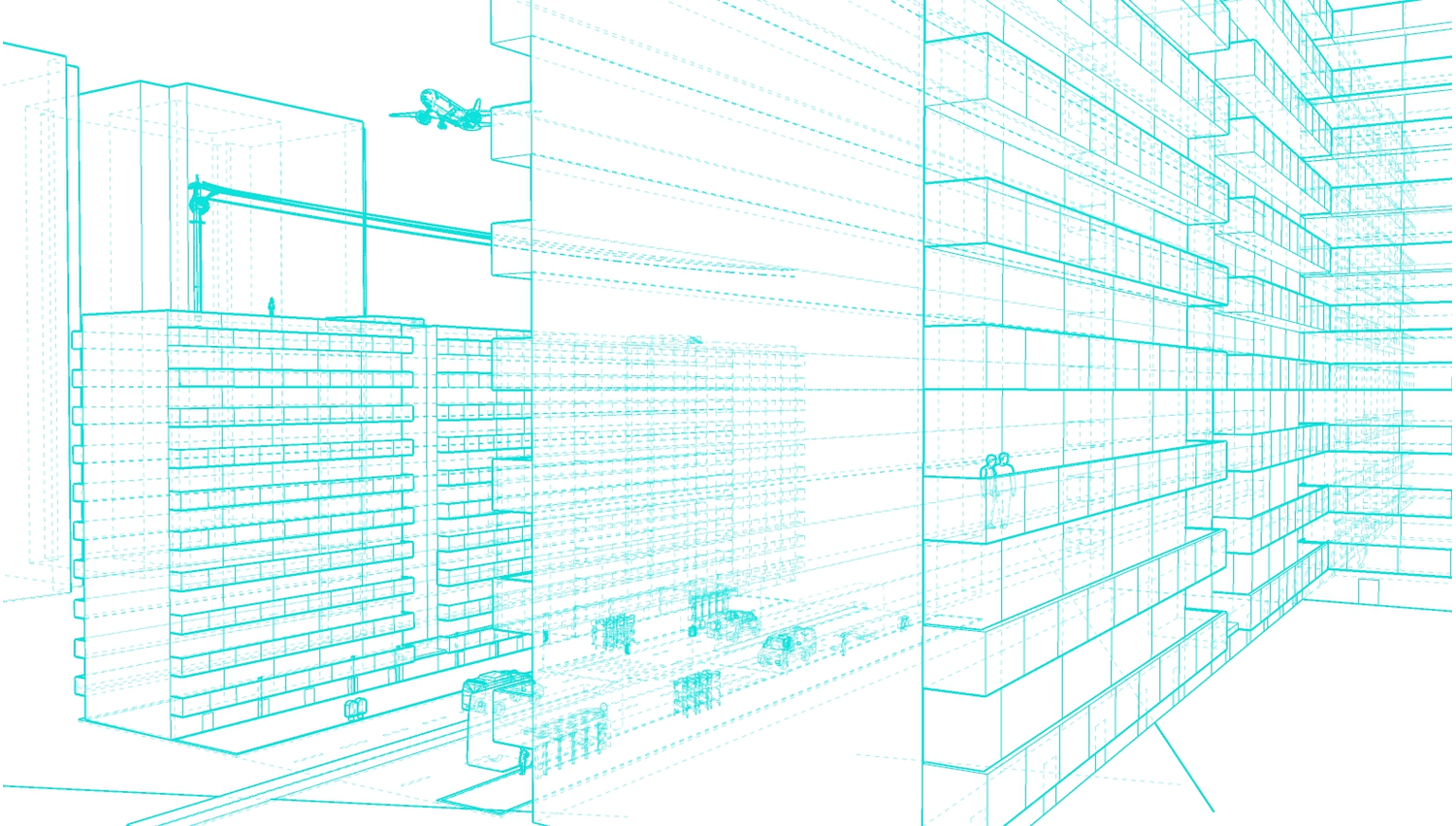

First Semester / D.S.1

The 18 district of Hong Kong and their building density.


With the complexity of social housing on my mind, I wondered what the most densely populated area in Hong Kong might be. Focusing on the densest areas of housing in each of Hong Kong’s 18 districts, I came to the conclusion that Kowloon District is not only the densest, it also has an irregular urban layout and is known for its large urban agglomerations.




A place of "others".
Dystopic, marginal, flawed, alienated, parasitic and deeply unstable and precarious.
A place that became an alien to its own ground and soil.
A place that looks like a leftover, a cutout of what once was there and now is rotting by itself like a carcass.


Yue Wah Mansion, located in Kwun Tong district, Kowloon, is a social housing complex built in 1964 that will be demolished by 2023 and whose current status is abandonment due to dysfunctionality.
Over the years, the 5-storey building has housed about 140 families and 560 people, but as it is now part of Hong Kong’s Urban Renewal Authority, it is to be demolished to make way for a building with 50 floors, which means 1400 families and 5600 people, or 28000 if we add all the hypothetical residents of the Yue Wah Mansion together.
A portion of the Yue Wah Mansion has already been demolished by 2020, as has the square behind the site.
This gap will soon be filled.
This last example of 1960s architecture not only has its dignity but is a witness to time and tradition, to the identity and heritage of the people.
What can save Hong Kong’s legacy?


The idea suggested by the site is that such places, and all places at large, should be considered as somewhat perpetually unfinished. Such a concept requires to change the traditional approach to the built environment and its transformation, as well as to create new regulatory instruments and building codes capable to cope with such a shift in perspective.








Hong Kong’s neon sign culture is
suffering the same consequences.
Its visual culture pulls from an array of disciplines to encompass the mediation of information, images and meanings culled from the visual landscape.
In the context of Hong Kong, neon
signs are thus especially hard to ignore. In their own right, they play
the communicative role of typography, illustration and graphic design, being as enabled and constrained by their technological medium as the book is by the printing press, or a digital design is by its software.
But nowadays even they are slowly fading away, making way for
more functional methods of visual
communication, even being industrial lighting the masters of the sector consider themselves craftsmen and artists and like any art, it is passed down from generation to generation and, like architecture, is part of the identity and heritage of the people and the place.
What has been part of the cityscape for almost 100 years, even if it started for advertisement reasons, will become, in a way or another, part of the common perception and memory of that same place, of either the locals and the foreigners.
Is that what we call identification? Identity?


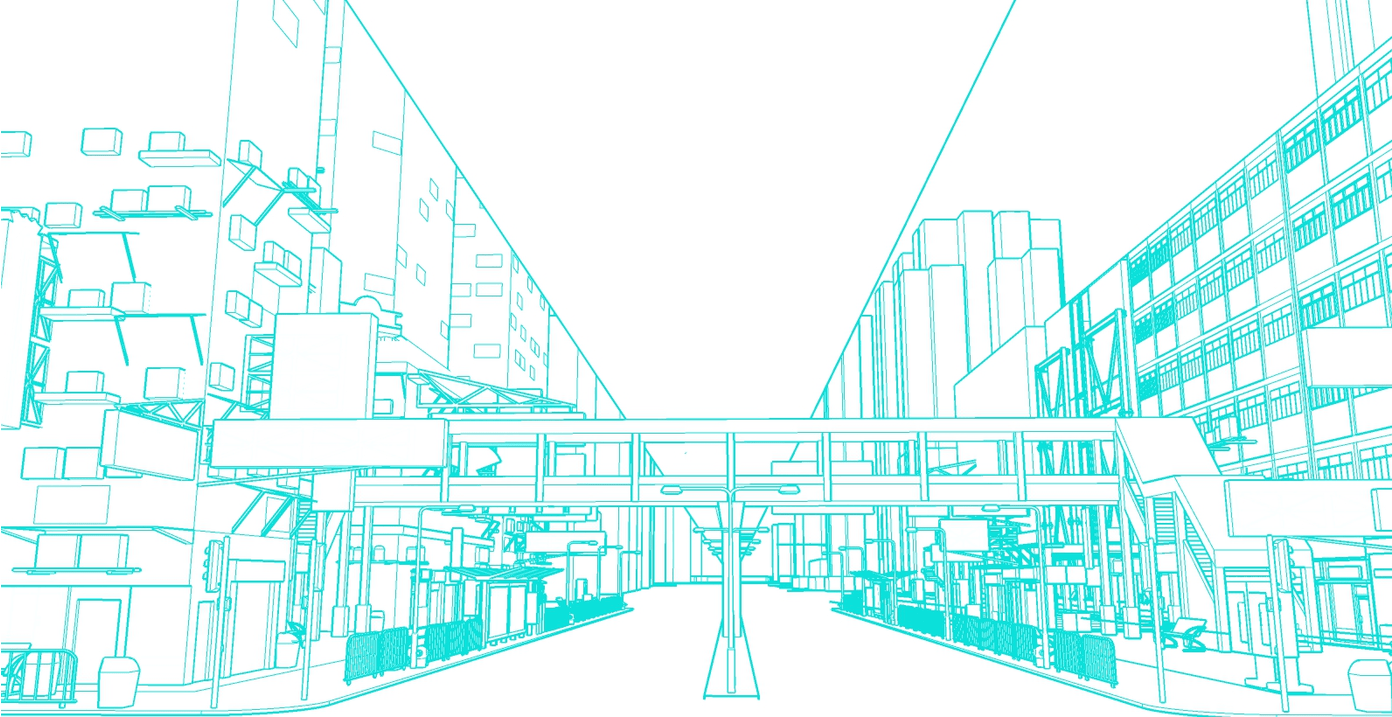


Cities have always been both engines and mirrors of technological, social and political transformations. To the extent that neon signs have long been inextricable from the city, it is perhaps ironic that one of the city’s greatest attributes—change—is now leading to the decline of neon signs themselves.
Second Semester / D.S.2


hybrid modeling and re/assemling
scene making and durational re/presenting
Still a place of parasitic nature and precarity, but with the final aim of holding together the results of a society that is drastically changing.
Bringing back the idea of objects as witnesses of time and time as a witness of history an human behavior.
3D Model Visuals:


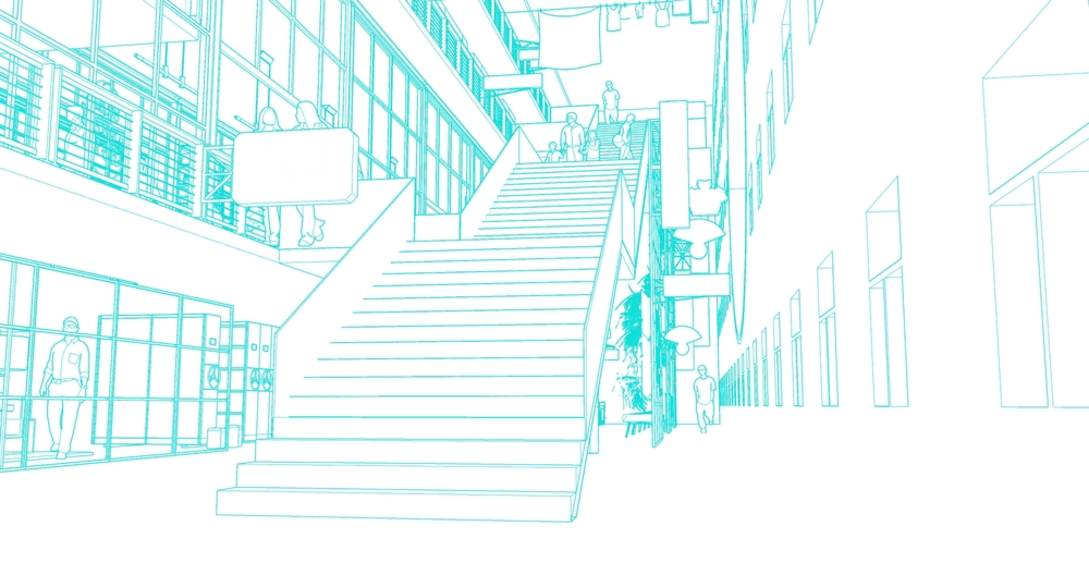
Stairs and neon lights dynamic visuals.
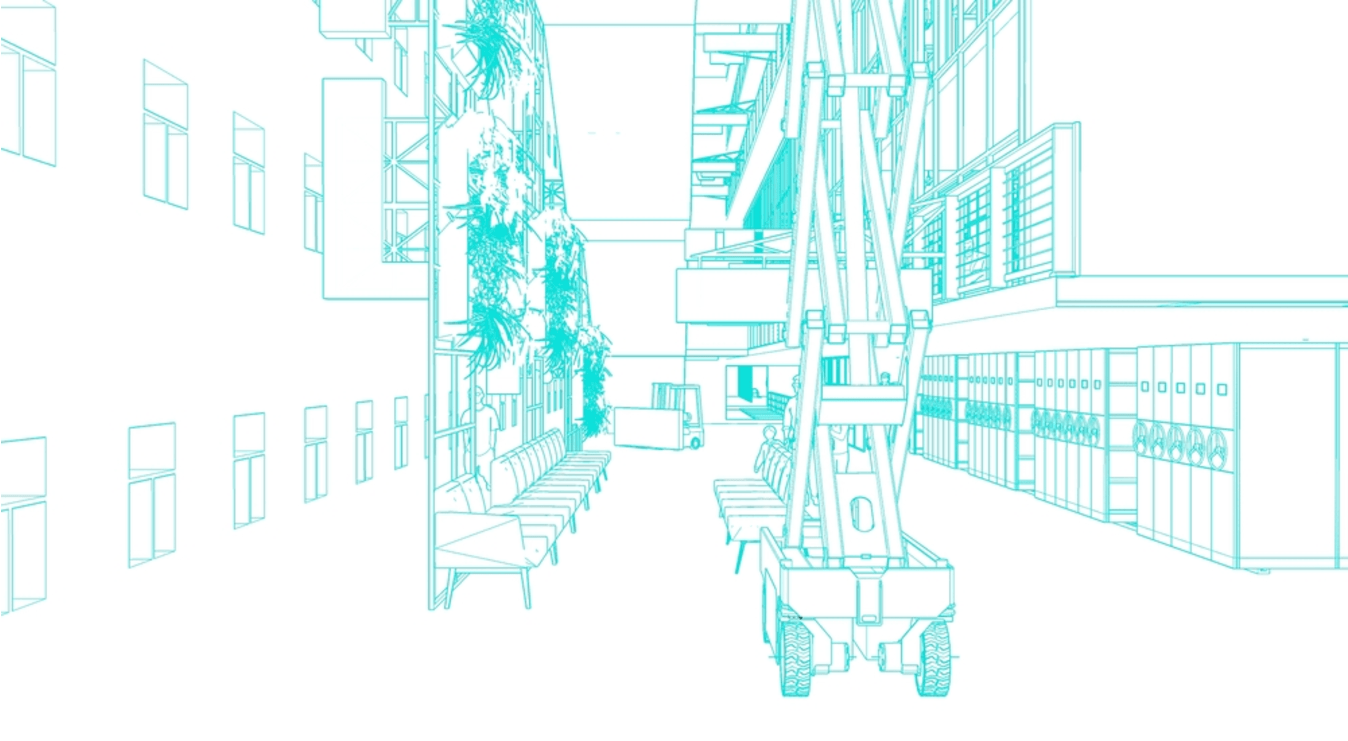
Ground Floor - Archives dynamic visual.
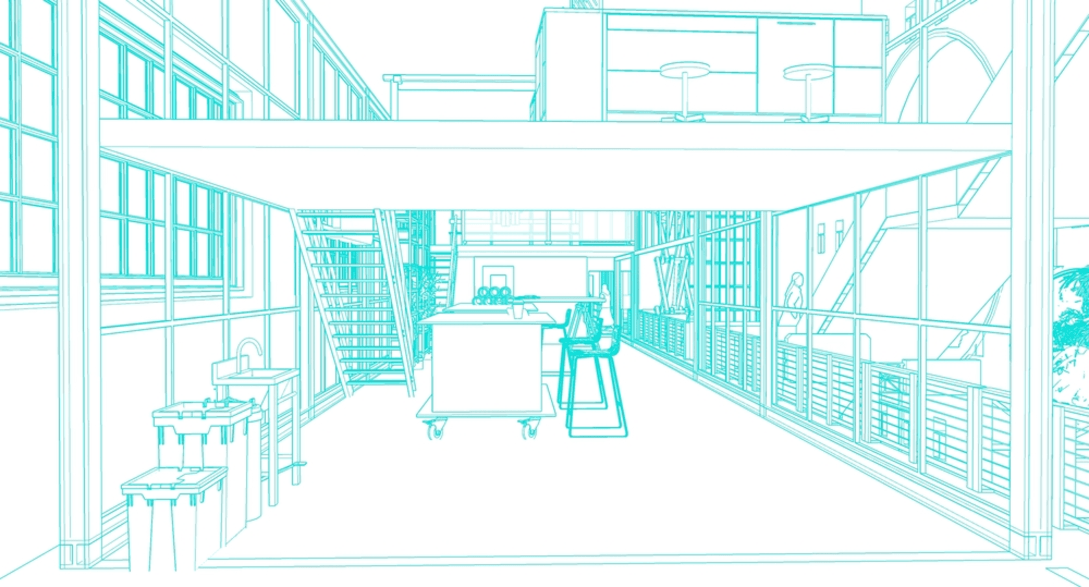
First Floor - Laboratory and Crafting space dynamic visuals.
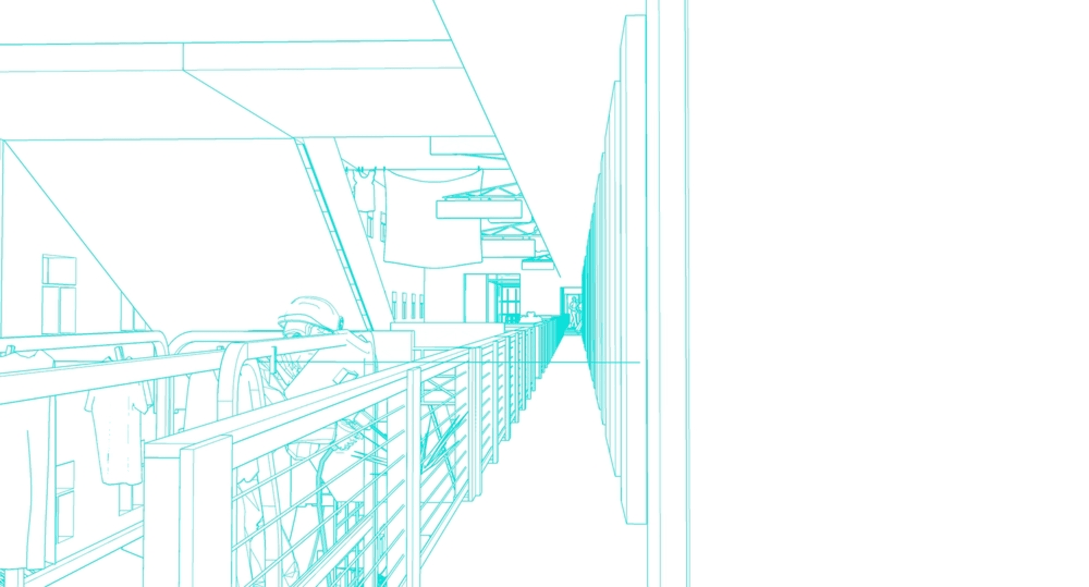
Second Floor - Housing space dynamic visuals.
![assonometriacolorata [Recuperato].jpg](https://static.wixstatic.com/media/8a6d42_bab4e4e0767c4948bfa91ae877ca7b22~mv2.jpg/v1/fill/w_1862,h_1315,al_c,q_90,usm_0.66_1.00_0.01,enc_avif,quality_auto/assonometriacolorata%20%5BRecuperato%5D.jpg)



